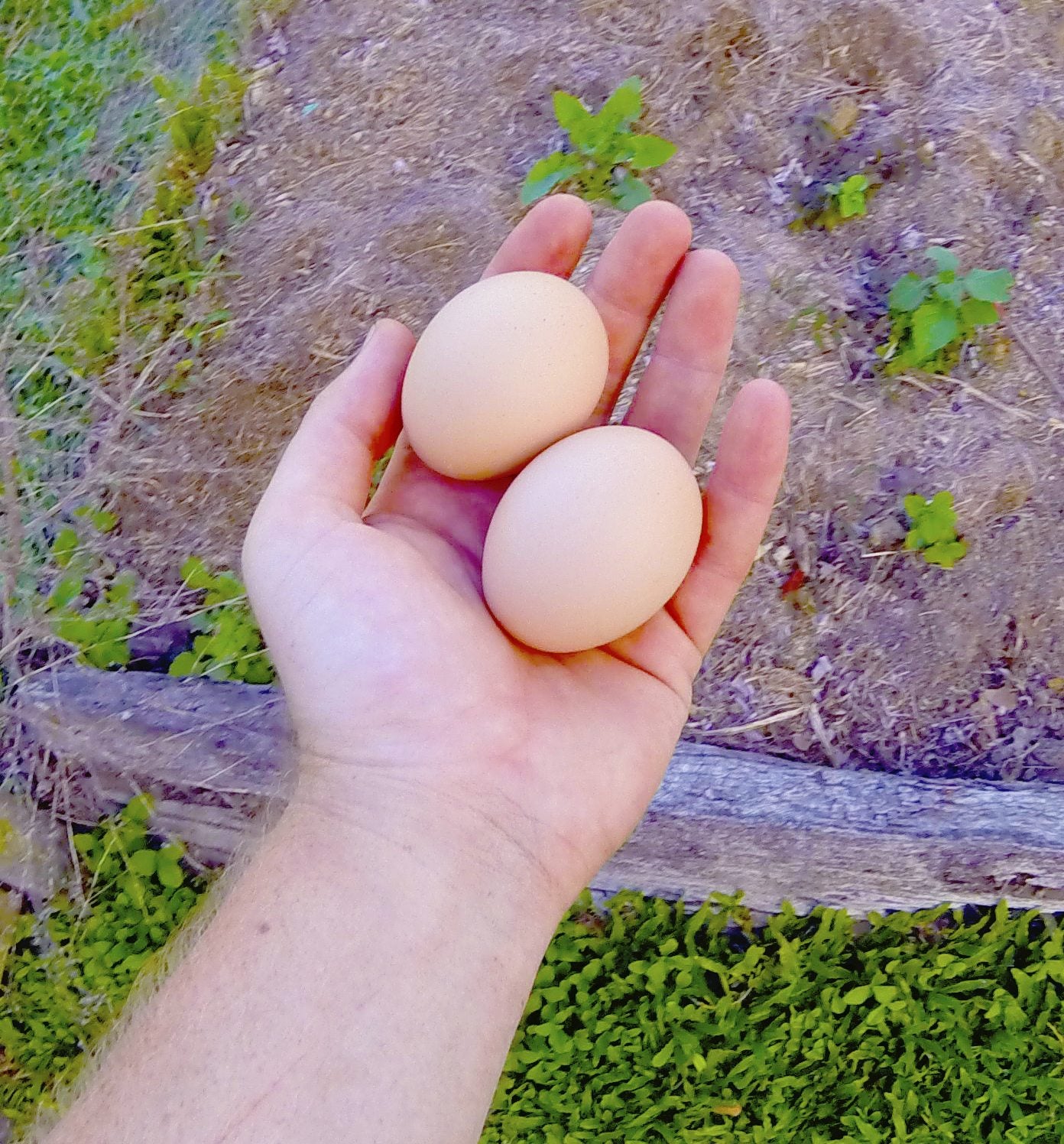Using Eggs As Plant Fertilizer: Tips For Fertilizing With Raw Eggs


Soil amendment is necessary in almost every garden. Low macro and micro-nutrients cause problems like blossom end rot, chlorosis and low fruit production. Organic gardeners like to turn to natural products for answers to common nutrient problems. Using eggs as a fertilizer is an old trick, but it can have some unpleasant secondary effects. Raw egg fertilizer may not be the best way to introduce calcium to your plants, but the shells are a bona fide true winner in the garden.
Fertilizing with Raw Eggs
Our grandparents didn't have access to the modern formulations for soil amendment and instead relied upon composting to boost soil fertility and tilth. We can take a page from their book and learn how to reuse our refuse and give back to the soil naturally. A time honored tradition is to place a raw, uncracked egg in the bottom of a planting hole for tomatoes. It has its benefits and its drawbacks as we will see.
Benefits of Using Whole Eggs as Fertilizer
Eggs contain high levels of calcium. This is an important nutrient for plants, especially vegetables and fruits. Eggs will leach the calcium into the soil for root uptake during composting, which can conquer such problems as blossom end rot.
However, excess nitrogen and low pH will tie up calcium in soil, preventing uptake. Using eggs as a fertilizer imparts calcium but it isn't useful if the plant can't access the nutrient. Always check your soil pH before planting a new garden and minimize the amount of nitrogen you introduce to soil after buds start to form.
Potential Downsides to Raw Egg Fertilizer
One obvious problem to fertilizing with raw eggs is the smell. If you don't bury the egg deep enough, over time it will begin to stink. Additionally, using whole eggs as fertilizer can attract unwanted pests. Raccoons and rodents will be attracted to the odor and dig out your baby plants in an effort to get to the potential food source.
Whole eggs as plant fertilizer aren't the quickest way for your plants to get calcium because they take a while to break down. A better source is just from the shells, which are the main concentration of the nutrient. Use the eggs and save the shells for a quicker, less smelly way to keep your veggies from dropping blossoms.
How to Use Eggs as Plant Fertilizer
In order to avoid issues with fertilizing with raw eggs, just use the shells. These are usually discarded after the egg itself is cooked but carry a calcium charge for your soil. Simply crush the shells and mix them into soil. Another way to use eggshells is to boil them and water with the resulting liquid. This prevents the issues raised about raw egg fertilizer while still enhancing the soil.
Sign up for the Gardening Know How newsletter today and receive a free copy of our e-book "How to Grow Delicious Tomatoes".
The University of Minnesota performed a test using distilled water and boiled eggshells. The resulting water had increased levels of calcium and potassium, both of which benefit plants, especially those that flower and fruit. Using the water to irrigate plants provides an easy way for roots to access these nutrients.
You can also make a foliar spray so leaves will draw the nutrients into the vascular system to utilize both elements. So eat your eggs, save your shells and fix your soil for bigger, better vegetable crops.

Bonnie Grant is a professional landscaper with a Certification in Urban Gardening. She has been gardening and writing for 15 years. A former professional chef, she has a passion for edible landscaping.